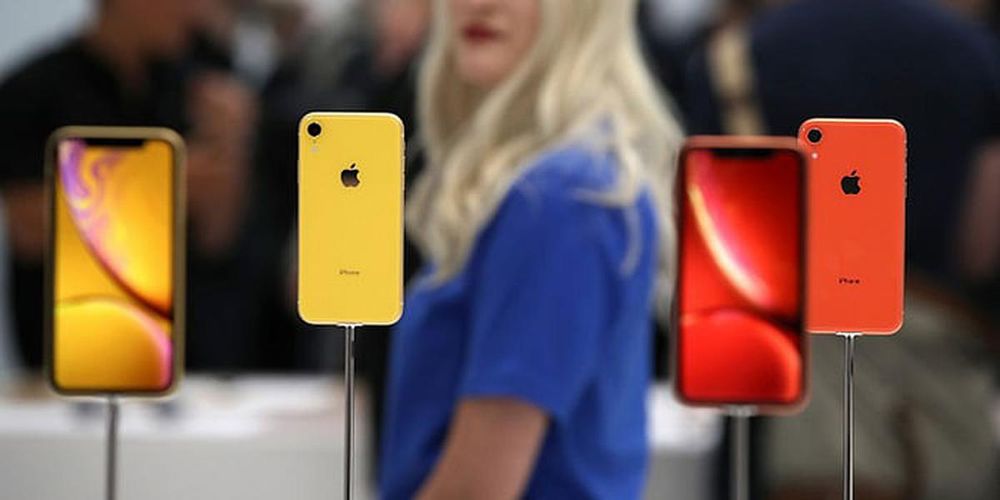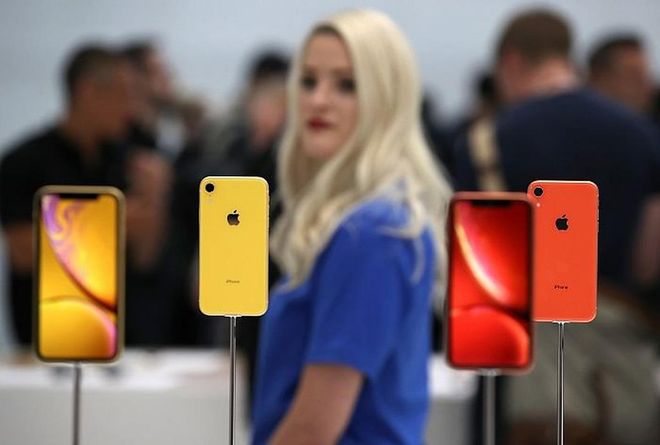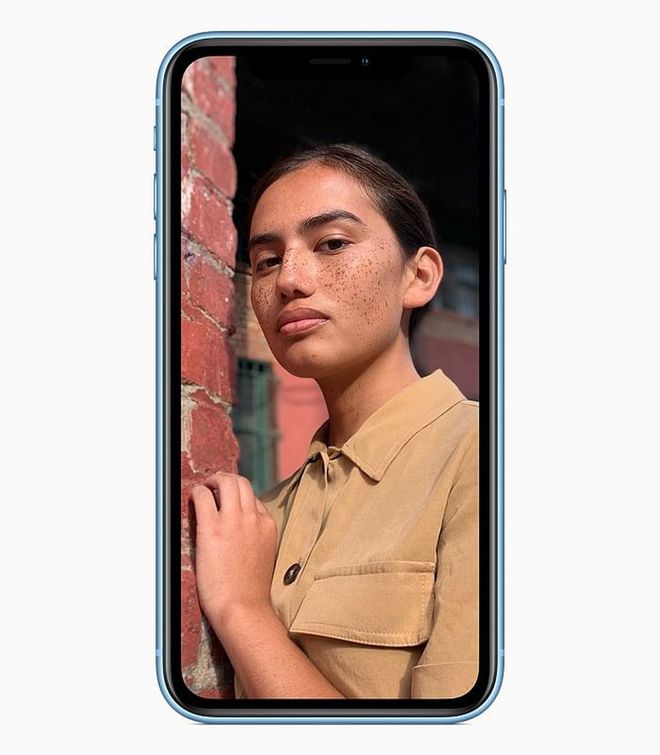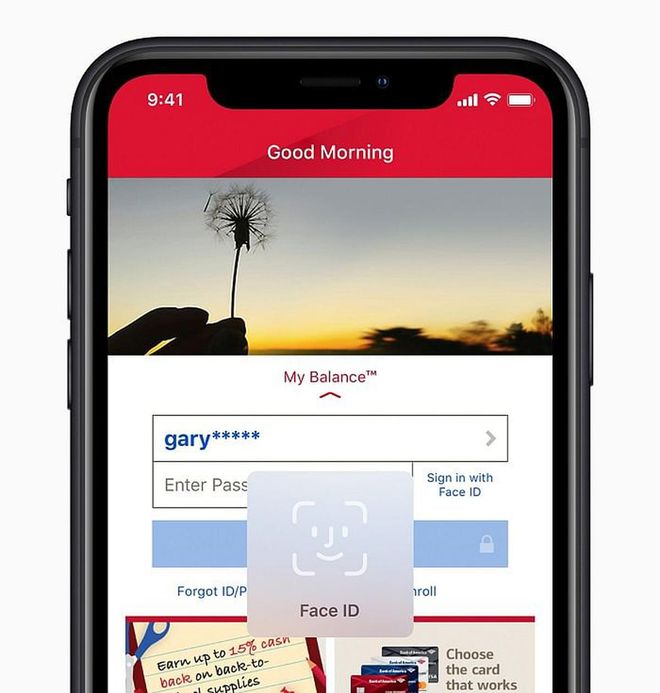5 Common Misconceptions About The New iPhone XR Debunked
Here's the real tea on the so-called "Budget" iPhone release


Photo: Getty
iPhone XR
It's no surprise that when Apple releases a new phone, the world buzzes with excitement. Shortly after releasing the iPhone XS Max, many were left reeling at the premium price-point. Starting at S$1,799 for 64GB and up, even die hard Apple fans hesitated before taking the plunge with Apple's premium iPhone launch. On the day Apple announced iPhone XS Max, they also revealed the iPhone XR to address the pricing concerns that they knew would surface.
The iPhone XR launched recently in Singapore, starting at S$1,299 for 64GB and is a perfect in between for the iPhone XS Max and the XS. Upon its reveal, rumours and speculations have been thrown around regarding the so-called "budget" version of the iPhone XS, causing quite a stir. We're here to tell you the 5 common misconceptions about the iPhone XR that you should take note, before writing off the iPhone XR completely.
"The single camera is more limiting than the dual camera function of the XS Max"

Shot on iPhone XR
NewGen 2018
While many have touted that the dual-lens 12 megapixel camera on the iPhone XS Max is Apple's best camera yet, it has been rumoured that iPhone XR's single lens camera would be far inferior. Can it deliver the incredible bokeh effect on Portrait mode that we all love? Or crisp images that appear true to colour? The answer is a resounding yes. Whether it's front row at a fashion show or taking close-up food photos before you tuck in, the iPhone XR delivers images that's comparable to the XS Max using a combination of camera and software.
You can expect portrait mode to be a more intuitive and refined experience as the iPhone XR uses machine learning to pick out the subject in focus while creating an enhanced bokeh effect, creating a polished and professional looking image. On top of that, Apple is introducing Depth-Control that allows you to adjust the depth of field, depending on how "blurry" you want the background to be.
Related article: Everything You Need To Know About Apple’s New iPhone XS, XS Max, XR & Apple Watch 4
"The Camera can't shoot in 4K because it has 720 pixel display"
There has been lots of debate over the display resolution that had tech enthusiasts up in arms. Many claimed that the display would limit shooting videos in higher resolutions such as 1080 pixels and up. Safe to say that this is also untrue as iPhone XR's video function allows you to not only shoot 4K but also at 60 frames per second, which is the best quality of video recording as of now.
All you have to do is to go to the camera settings to pick what rate you would like to shoot. Hence, there would be no issues shooting videos on your new iPhone XR as the footage will still be as sharp as ever, despite its display screen.
"You can't watch HD videos on a 720 pixel resolution display screen"

Photo: Courtesy of Apple
iPhone XR
This was a huge concern to many as in this day and age, we're all about living life in high definition. Even Youtube videos are at least 1080 pixels and Netflix streams its content in 4K, thus, people were rightfully worried about not being able to stream their favourite shows and enjoy digital content in full resolution.
We've put this to the test and are happy to report that you can still watch all your favourite shows and videos in HD. The screen does not limit user experience in any way. You are still able to pick the 1080 pixel option on Youtube and watch 4K videos on Netflix without any distortion or issue. The videos still look crisp and sharp as with all things shot in high definition. So fret not! You can still enjoy your favourite TV shows and dramas on your daily morning commute without sacrificing visual quality.
Related article: A Complete Breakdown And Price List Of The New Apple iPhones
"The LCD screen will look pixelated and cheap compared to their usual OLED display."

Photo: Getty
iPhone XR
Besides the screen resolution, many voiced out their concerns on the fact that unlike the iPhone XS Max, the cheaper iPhone XR will feature an LCD screen rather than the usual OLED screen that Apple is known for. The main difference is that LCD screens uses a backlight to illuminate the pixels on the screen but for an OLED screen, each pixel provides its own illumination, making the display less glaring and more sharp.
The fact of the matter is that, Apple is known for elevating seamingly simple things. Their LCD screen is dubbed as Liquid Retina, not just to call it something fancy (but damn, that sounds fancy), but to show that it is different from other LCD screens. The liquid retina display packs more pixels in a display screen, creating a seamless display that creates a viewing experience that's as sharp and detailed as an OLED screen. In addition to that, Apple added the 'True Tone' function so as to eliminate harsh blue light, often associated with LCD screens. True Tone matches the colour temperature and intensity of your screen display to the ambient light in your surroundings, reducing eye-strain. iPhone XR's screen resolution definitely doesn't look any different from an iPhone XS Max, which is basically what we all want.
"Face ID is not as safe as Touch ID. You can just use a photo of me to unlock my phone."

Photo: Courtesy of Apple
iPhone XR
One of the biggest concerns that many have when it comes to switching from an iPhone WITH a home button and an iPhone WITHOUT is often privacy. Face ID, on the surface, may seem less reliable than Touch ID. However, that's not the case. It is actually more likely that someone has a similar fingerprint as you than a similar face. According to Apple, the former is 1 in 50,000 chance.
But what about photos? The Face ID works with the A12 Bionic chip to not only recognise your face but to also recognise changes and have a sense of depth. This means that holding a flat, 2D image of your face will not be able to unlock your phone. The Face ID is intuitive enough to recognise you whether you have glasses on or a cap, makeup on and makeup-less.
As the song goes, "you're one in a million" and the chances of someone looking exactly like you is just that.
Related article: 7 Local Photographers Give Their Top Tips For Taking Instagram Photos